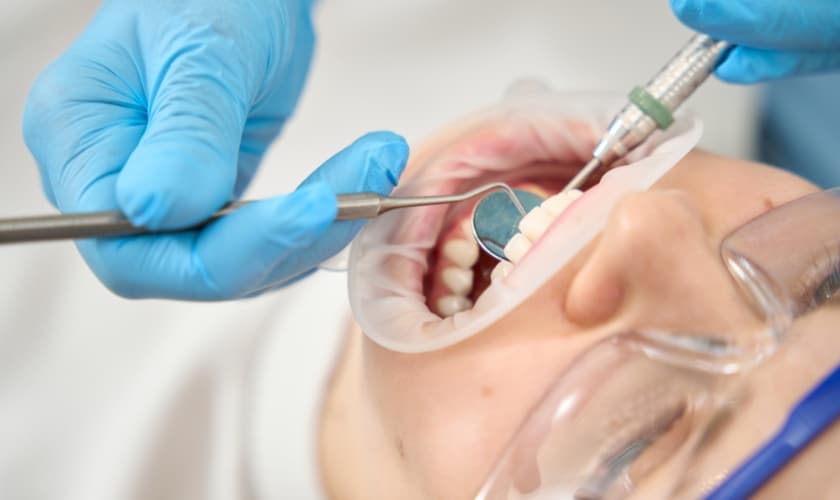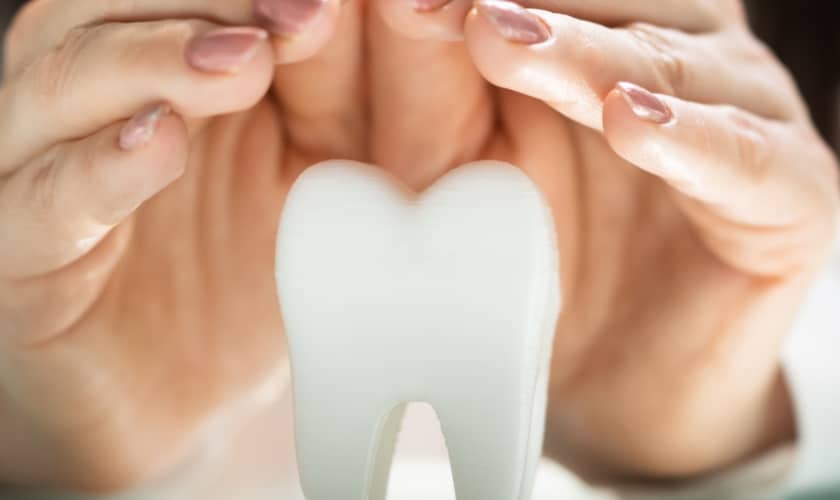In today’s world of dental innovation, achieving a perfect smile no longer requires flashy metal braces. With modern options like clear braces and aligners, patients now have the luxury of choice—but that also brings the age-old dilemma: Which one is the better value?
Clear braces and clear aligners both promise straighter teeth and boosted confidence, but their cost, effectiveness, and convenience vary. So let’s unpack the facts to help you make a smarter, wallet-friendly choice for your smile.
What Are Clear Braces?
Clear braces are much like traditional metal braces—but with a cosmetic twist. Instead of metal brackets, they use tooth-colored or clear ceramic brackets that blend in with your natural teeth. These are fixed to your teeth and work continuously to realign them.
Pros:
- Effective for complex dental issues.
- Discreet appearance.
- Always working—no risk of “forgetting to wear them”.
Cons:
- Slightly bulkier than aligners.
- Require extra care to avoid staining.
- Fixed in place (no removal for eating or photos).
What Are Clear Aligners?
Clear aligners (like Invisalign) are transparent trays custom-made to gradually shift your teeth. You wear each set for about 1–2 weeks before moving to the next in the series.
Pros:
- Nearly invisible.
- Removable for eating and brushing.
- Smooth and comfortable—no wires or brackets.
Cons:
- Must be worn 20–22 hours a day.
- Not ideal for very complex dental cases.
- Higher risk of losing or forgetting them.
Yes, aligners can cost a little more—but they often work faster for simpler cases. Clear braces, however, handle more complex bite issues, which could save you from additional procedures down the road.
Over 10 million people worldwide have used clear aligners, according to Invisalign. Yet, studies show clear braces can sometimes offer more predictable outcomes, especially for tough alignment cases.
Maintenance Matters: Effort or Ease?
- Clear braces require strict hygiene. Since they’re fixed, food can easily get trapped, leading to plaque and staining. But they’re also fuss-free in that you don’t have to remember to wear or replace them—an orthodontist does all the work.
- Clear aligners, on the other hand, give you freedom—but with great freedom comes great responsibility. You’ll need to clean them, take them out before eating, and commit to wearing them nearly all day.
So, are you someone who forgets things easily? Or do you love flexibility and control over your routine?
Lifestyle Impact: How Do They Feel Day-to-Day?
- Clear aligners are generally more comfortable. No brackets or wires means no poking or irritation. Plus, you can remove them for special events, photos, and meals.
- Clear braces, while visible up close, stay on 24/7—no second-guessing your wear time. They might feel bulkier, but many patients adjust quickly.
If you live a fast-paced life and tend to forget or lose things, clear braces might save you the hassle. But if you value comfort and flexibility, aligners could be worth the splurge.
So, Which One Offers Better Value?
Here’s the truth: “Better value” depends on your priorities.
- For effectiveness in complex cases: Clear braces win.
- For convenience and comfort: Aligners take the crown.
- For long-term savings: Clear braces may prevent extra treatments if your case is complex.
- For a low-maintenance lifestyle: Clear braces stay on and work nonstop.
There’s no one-size-fits-all answer. But if you’re looking for a balance of affordability, effectiveness, and aesthetics—clear braces may offer more long-term value, especially for more difficult cases.
On the flip side, if your case is mild and your lifestyle supports it, aligners give you flexibility and comfort that might be worth the extra investment.
Ready To Choose?
Whether you lean toward braces or aligners, the smartest step is to consult with our dentist who can assess your needs, goals, and budget. After all, your smile is an investment, and choosing the right treatment is your first step toward a better, brighter future.





